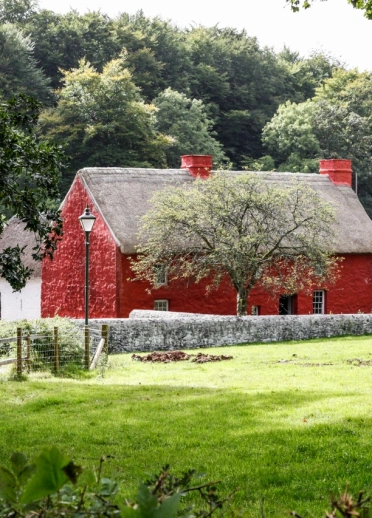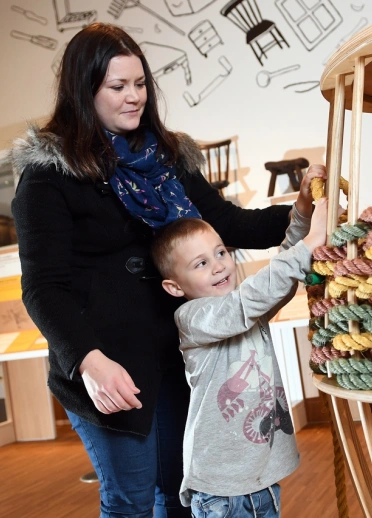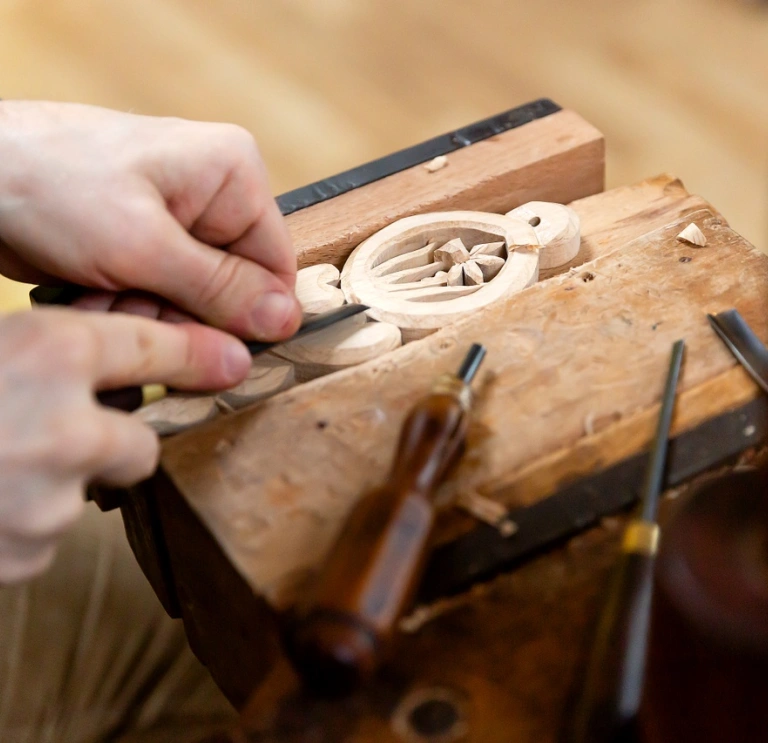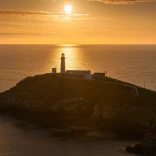Lovespoons - the classic Welsh tradition
A Welsh lovespoon is no ordinary piece of cutlery. We’ve been making these intricately-carved tokens of devotion since the 17th century and they’re still used to mark events like engagements, anniversaries, births and weddings. At The Lovespoon Workshop near Tenby in Pembrokeshire, the Jones family have been carving and creating for decades. Pop along for a visit and you can see them at work turning unassuming pieces of wood into uniquely Welsh keepsakes. If you’ve got some ideas of your own, you can even get involved in the creation a bespoke lovespoon built to your exact specifications. Perfect for that special someone.
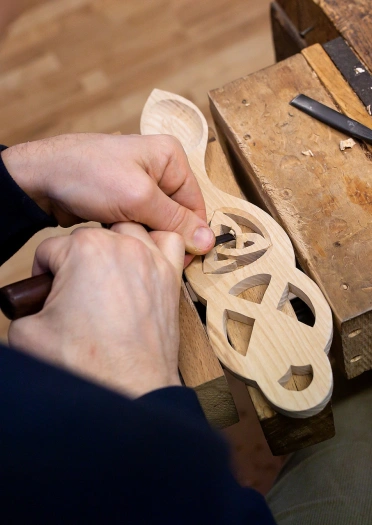
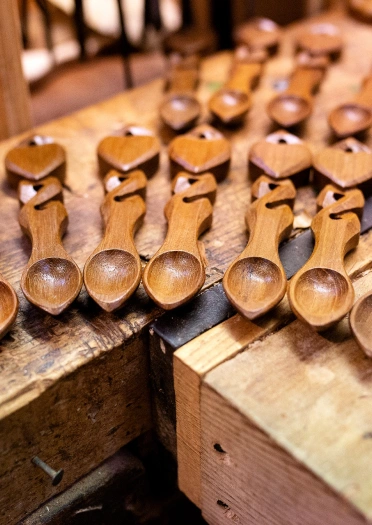
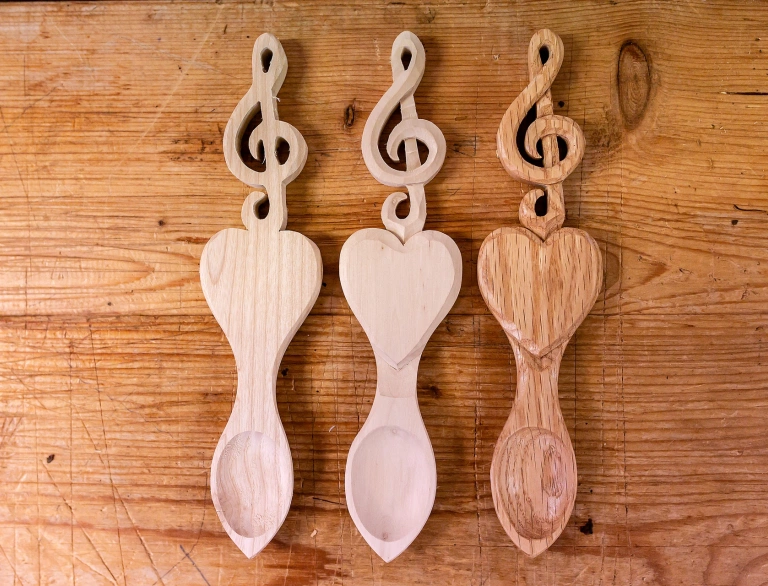
Welsh wool and yarn spinning
All those sheep dotting our hillsides aren’t just for show. As a key Welsh industry dating back centuries, wool is right up there with slate and coal. We’re still making it today at places like Melin Tregwynt near Haverfordwest in Pembrokeshire. There’s been a woollen mill here since the 1800s and you can still see traditional techniques on show as it produces beautiful blankets, throws, bags and fabrics that are sold around the world. Call in to pick up some woolly items and see the weavers who make them in their busy workshop. If that piques your curiosity, pay a visit to the National Wool Museum near Newcastle Emlyn to find out more about wonderful Welsh wool.
Coracle - the traditional Welsh fishing vessel
Most often spotted bobbing on the Tywi and Teifi rivers, coracles are little one-person boats made from woven willow. They’ve been used by fishermen in Wales since pre-Roman times – Julius Caesar liked them so much he’s said to have employed them in his invasion of Spain. Find out to how make your own coracle on a coracle building course at Gorfanc, near Carno in Mid Wales.
Cymraeg - speak it for yourself
If you’ve ever fancied trying to pick up some of the local lingo, make your way to Nant Gwrtheyrn National Welsh Language and Heritage Centre. Located in a restored Victorian quarrying village on the rugged northern coast of the Llŷn Peninsula in North Wales, it’s the perfect place to learn a little (or a lot) of our magical mother tongue.
Welsh slate
Though its late 19th-century heyday is long gone, the impact of the slate trade on North Wales is still visible in the jagged landscape of former quarries and mines that dot North Wales. Slate production is on a smaller scale these days, but it’s still incredibly important to this part of the country. At Inigo Jones Slate Works near Caernarfon, you can explore the history of the industry, see modern-day slate craftsmen at work and take up tools to create your own Welsh slate memento.
The history of Wales - up close
Immerse yourself in Welsh heritage at St Fagans National Museum of History. Here you'll find a collection of important historic buildings, gathered from all corners of the country and reassembled, brick-by-brick, in painstaking detail. It’s Wales in miniature, and the perfect backdrop for exploring the bustling workshops of blacksmiths, weavers, tanners and potters, where things are made just as they were centuries ago.
You can take part in creative activities, like traditional hedgelaying, rush mat weaving, dyeing, and enamelling. Learn something new today with craft courses at St Fagans.
